Over the past several months, we've created some unique hypothetical world-class supplements in our Formulator's Corner series. However, today's formulation actually came to life for a limited amount of time.
About those bottles floating around the 2022 Arnold Sports Festival...
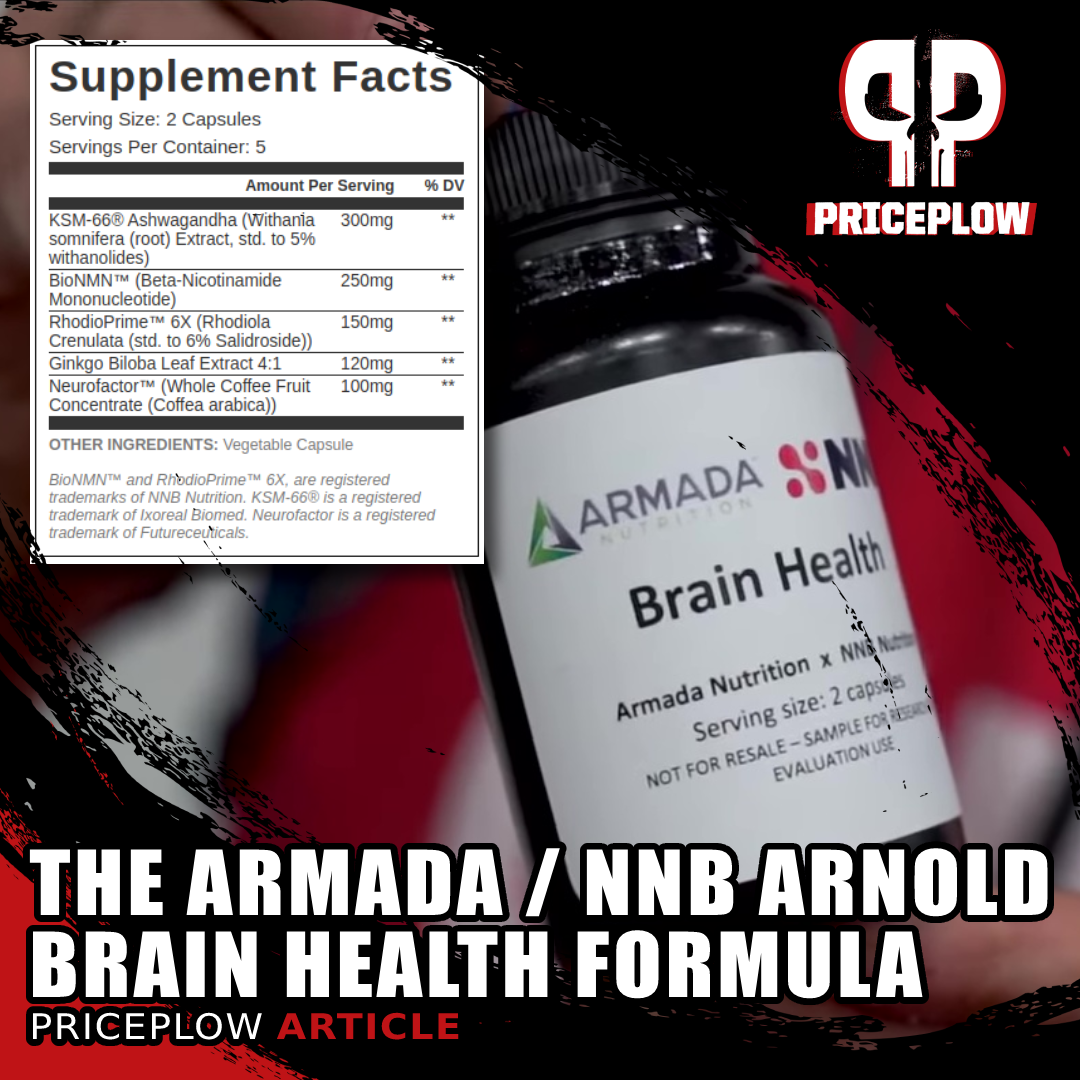
If you missed the 2022 Arnold Sports Festival, you missed Team PricePlow and Armada Nutrition handing out these NNB-powered nootropics to help industry insiders get through the busy weekend... but Armada has plenty of capsule capacity to whip more up!
If you weren't at the 2022 Arnold Sports Festival, you really missed out – Armada Nutrition was there handing out free samples of an industry-insider "Brain Health Formula". This was a proof of concept partnership between Armada, a top-tier supplement contract manufacturer, and NNB Nutrition, a world class novel ingredient developer.
The low-stimulant bottles were talk of the town, energizing industry employees and leaders through exhausting expo days and long nights. Pretty much everybody who took it felt the effects, and the convention was buzzing with discussion of this impressive formulation.
Armada Showcases Capacity, NNB Showcases Clean Energy
Armada's goal was to showcase their ability to make custom capsules - a process where they have extra capacity (as opposed to powders, which are booked up pretty well). NNB's goal was to showcase how good two of their ingredients -- BioNMN and RhodioPrime 6X -- stack together.
Given how much coffee and other stimulant-containing products are already drunk and sampled throughout a conference weekend, Armada made this a low-stim nootropic. We feel pretty confident in saying that it was the most productive Arnold of all-time.
Before digging into the formulas, and the why's of the formula, free free to sign up for alerts on both Armada and NNB so that you don't miss their upcoming happenings:
Subscribe to PricePlow's Newsletter and Alerts on These Topics
The Armada/NNB Stim-Free Nootropic Ingredients
In a single two capsule serving of NNB's Armada formula, you get the following:
-
KSM-66 5% withanolide - 300 mg
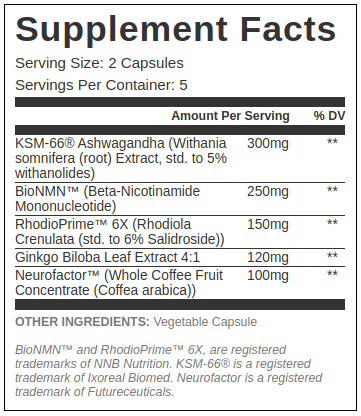
Powered by BioNMN and RhodioPrime 6X, this was an excellent low-stim pick-me-up for those who charged it hard at the 2022 Arnold!
Ashwagandha has exploded in popularity with supplement manufacturers and consumers alike in recent years, owing to its broad spectrum, anti-stress effects.[1] Obviously this has a huge benefit on the functioning of your mind – but it's likely to help your brain as well.
Multiple studies have demonstrated that the withanolides in ashwagandha have significant neuroprotective, anti-inflammatory and antidiabetic effects[1] – all of which directly impact the health of your brain tissue.
Human studies on ashwagandha supplementation consistently find that standardized extracts of this wonder herb boost memory and cognitive performance.[1] Crucially, ashwagandha has a pretty significant beneficial impact on sleep quality,[1,2] which is also going to pay cognitive dividends in the long run given the close connection between sleep and brain health.
One of these studies found that ashwagandha significantly reduced anxiety, improved sleep, and shortened the time to sleep onset in adults with insomnia.[1] Another one found increased alertness, improved sleep, and elevated quality of life in elderly subjects because of ashwagandha supplementation.[2]
The icing on the cake here is that Armada Nutrition has opted for the KSM-66 ashwagandha extract, which is standardized for 5% withanolides in order to make sure that the extract is of excellent quality, efficacy, and safety.
The toss-up: we considered using bacopa monnieri
When developing this formula, there was some debate over using bacopa or KSM-66. Here's some of the internal discussion:
"KSM
- Glycowithanolides providing reduction of cortisol
- Helps regenerate axons/dendrites of brain nerve cells
- Helps reconstruct synapses
- Antioxidant / anti-inflammatory
Bacopa monnieri
- Protective against arterial plaque -> protective against stroke
- Prevention of expression (under stressful conditions) of Hsp70 leading to a lower susceptibility to stress
- In non-stress conditions, increase EROD and PROD (basically detox enzymes which turn toxins into less harmful compounds in cells. Increase stores of these protective enzymes)
- Also some studies suggesting that it increases superoxide dismutase activity which allows cells to better handle stress
- There's also the Aluminum study by Jansson which shows it prevents some of the negative oxidative effects of the toxin (aluminum in this instance) on the brain
Honestly here for me it's a 50/50 coin flip in terms of which ingredient would be ultimately more beneficial. I guess you could make the argument that KSM is slightly more restorative whereas bacopa is prophylactic but I think both are good options here."
Ultimately, we went with KSM-66 in this coinflip because the industry's very accustomed to it, and that's what Armada had more available -- remember, they were handing these out for free!
Now let's get to the real fun stuff:
-
BioNMN – 250 mg
NMN (Nicotinamide Mononucleotide) is a fascinating molecule that can be supplemented for improved energy
BioNMN is NNB Nutrition's trademarked nicotinamide mononucleotide (NMN) ingredient. It's the highlight of this formula, since it's the one that the fewest people given these bottles had tried.
NMN is a nucleotide that helps produce cellular energy.[3] It's created by a reaction with nicotinamide and a phosphate group, and is sourced from niacin (also known as vitamin B3).
NMN's primary function is to generate a molecule called nicotinamide adenine dinucleotide (NAD+), which is a coenzyme that governs the metabolic processes inside cells.[3] This molecule (NAD+) is crucial for human health owing to the fact that it affects the expression of sirtuins, proteins that have a variety of signaling roles in many metabolic processes.[4]
A precursor for NAD+
In other words, we take NMN because it's a precursor to NAD+, which is necessary because supplementing NAD+ itself is not particularly bioavailable nor would it be stable in a powder. Fortunately, thanks to NNB Nutrition's manufacturing process, BioNMN is stable and bioavailable, making it our top ingredient option to boost NAD+ levels.
NMN helped the brain generate more ATP and less ROS (reactive oxygen species),[5] which alone makes it of major interest
NAD+ has a ton of roles in the human body – so many that writing about them all would exceed the scope of this article. However, if you're interested in learning more about this ingredient, you can read our long-form analysis of NMN by clicking NMN Supplements (Nicotinamide Mononucleotide): The NAD+ Energy Precursor.
NMN-specific research
Animal studies on NMN supplementation have shown that NMN:
- Helps prevent ischemia[6]
- Is neuroprotective[5,7,8]
- Increases insulin sensitivity[9-12]
- Has anti-obesity properties[13,14]
- Has anti-aging effects[15]
Human research showing insulin sensitizing effects
New human research is also playing out quite well. An initial safety study showed that 100, 200, and 500 milligrams of NMN given to men never yielded adverse effects on any occasion, but did help reduce both insulin and glucose within 5 hours.[16] Additionally, a recent study showed that NMN improves muscle insulin sensitivity in overweight women.[12]
On cognition and neuroprotection
The neuroprotective effects of NAD+ mostly come from its ability to help cells cope with metabolic stress by increasing their energy production. For example, when researchers in a 2012 animal study gave rats a potent neurotoxin in order to induce an Alzheimer's-like syndrome, NAD+ significantly improved hippocampal neuron survival by "improving energy metabolism and reducing ROS accumulation", according to the conclusion in the researchers' abstract.[5]
But the documented anti-diabetic effects of raising NAD+ levels are also going to help the brain: the connection between insulin resistance and cognitive dysfunction is so close that some researchers have even described Alzheimer's as a "type 3 diabetes"[17] or "diabetes of the brain".
Anecdotally, including BioNMN has reportedly been raising overall feelings of energy, making it one of our most promising stimulant-free ingredients, and one we hope to see in more nootropic, pre-workout, and weight loss formulas.
-
RhodioPrime 6X Rhodiola Extract (6% salidrosides) – 200 mg
Stacking with BioNMN is another NNB Nutrition ingredient, RhodioPrime 6X, which is standardized for 6% salidroside content.
Rhodiola supplements are generally sourced from one of two plants: Rhodiola rosea and Rhodiola crenulata.
These plants are close cousins, but do have some important differences.
Rhodiola rosea – the more common source of Rhodiola extracts – contains two phytochemicals, rosavin and salidroside, which potentiate most of Rhodiola's beneficial effects.
Nonetheless, recent research suggests that salidroside may actually be more beneficial in some ways than rosavin.[17,18] So, if you want to maximize your bang-to-buck ratio, you should try to find a Rhodiola extract that comes from the crenulata plant, because crenulata contains a significantly higher amount of salidroside than rosea.[19,20]
Hence Armada's choice to opt for NNB Nutrition's RhodioPrime 6X extract. This trademarked extract is taken from the crenulata plant, which is why NNB was able to achieve a 6% salidroside standardization. Pretty impressive, considering that most commercial Rhodiola extracts only have about 1% salidroside by weight.
Like BioNMN, this is another stimulant-free ingredient that can often be felt - and together, they make for an incredible nootropic.
Salidroside's mechanisms of action
Salidroside confers its beneficial effects by the following mechanisms:
- Facilitates long-term potentiation (LTP), the process by which short-term memories become long-term ones[20]
- Upregulates autophagy through activating mTOR[22]
- Increases oxygen uptake through hypoxia-inducible factor-1 (HIF-1)[23]
- Increases dopamine, norepinephrine, epinephrine, histamine and serotonin[24]
- Inhibits monoamine oxidase, the enzyme that degrades neurotransmitters[25]
- Increases expression of neuropeptide Y.[22]
Rhodiola: The Adaptogen Powered by Salidroside. In this article, we dive deep into rhodiola, and take a different approach to the adaptogenic herb!
No doubt, then, that a Rhodiola extract with high salidroside concentrations is going to act as a powerful adaptogen in your body, and dramatically improve your ability to cope with stress.
Research with both human and animal subjects has found that Rhodiola supplementation supports cognition,[26] reduces anxiety and stress,[27] and alleviates depression symptoms.[28]
Rhodiola also decreases feelings of mental and physical fatigue,[21,29] improves athletic performance,[30] reduces appetite,[31] and improves blood sugar regulation.[32]
If you're interested in learning more about the science behind Rhodiola and salidrosides, we wrote all about it in NNB RhodioPrime 6X: The Strongest Rhodiola Extract (6% Salidroside).
-
Ginkgo Biloba – 120 mg
Ginkgo biloba has been used for thousands of years in Chinese medicine, which recognizes it for its ability to trigger vasodilation, improve blood flow, and sharpen the mind.[33] Although it's rich in antioxidants, the most bioactive constituents of ginkgo are its terpene lactones and glycosides.[34-36]
When we think ginkgo, we often think about memory, but it can do a bit more than support just that!
A 2005 study published in Phytomedicine found that ginkgo inhibits platelet-activating factor (PAF)-induced aggregation of thrombocytes.[37] But besides its effect on the cardiovascular system, PAF is also a neuromodulator that triggers presynaptic glutamate release, thus facilitating long-term potentiation (LTP) and, in turn, memory performance.[38]
Partly because of this effect on PAF, ginkgo has a significant effect on the levels of neurotransmitters in a person's brain. According to a 2010 study published in the British Journal of Pharmacology, 14 days of supplementation with a standardized ginkgo extract substantially increased dopamine and norepinephrine concentrations in their prefrontal cortices.[39]
Animal models show that ginkgo biloba increases dopamine and noradrenaline levels over time,[39] an interesting effect not commonly discussed.
Other studies have shown that ginkgo can have beneficial effects on the serotonin system of the brain. One 1994 study, published in the Journal of Pharmacy and Pharmacology, found that consistent supplementation with ginkgo upregulated the function of 5-HT receptors in aged mice.[40] Theoretically, this would also mean that ginkgo should improve serotonin uptake in aging humans. However, there is a condition – some research suggests that ginkgo's effects on serotonin may only be palpable when the subjects are reportedly under stress.[41]
Improvements to 5-HT receptor sensitivity have been observed to upregulate acetylcholine, also known as "the learning neurotransmitter".[42] But acetylcholine doesn't just improve learning: it affects a wide variety of cognitive functions, including motor function.
Human Studies on Ginkgo and Cognition
A 2016 meta-analysis published in the peer-reviewed journal, Current Topics in Medicinal Chemistry, concluded that based on its review of 21 trials, ginkgo could be used in conjunction with pharmaceutical drugs to treat Alzheimer's disease and other neurodegenerative disorders.[43]
Another research review, this one from 2018, looked at four trials where researchers treated patients with dementia by giving them 240 milligrams of ginkgo daily. They concluded that groups receiving ginkgo showed significant improvements in their condition compared to placebo groups.[44]
Ginkgo's Anti-Anxiety Effects
A 2007 study from the Journal of Psychiatric Research – randomized, placebo-controlled, and double-blind – found that ginkgo significantly reduced subjects' scores on the Hamilton Anxiety Rating Scale (HAM-A), an instrument used to measure the severity of anxiety symptoms.[45] Note that in this study, large doses were used (240 milligrams and 480 milligrams) and it took four weeks for Ginkgo's effects to appear.
-
Neurofactor – 100 mg
Neurofactor is a standardized coffeeberry extract. It upregulates brain-derived neurotrophic factor (BDNF), which improves cognitive function[46] by acting as "MiracleGro" for the brain, so to speak. Basically, it fertilizes brain tissue and supports the growth of new neurons.[47]
Besides enhancing cognition, BDNF also protects the brain from various insults, such as neurotoxins, and even the endogenous precursors to neurodegenerative illness.[46,48] Unsurprisingly, BDNF deficiency is associated with cognitive decline and neurodegeneration.[48]
In one study, treatment with a 100-milligram dose of coffeeberry concentrate increased subjects' BDNF levels by a whopping 143%.[48] Additionally, in research settings, this dose has been shown to increase BDNF levels by nearly 150%.[24]
This is an excellent way to cap off the formula, especially with the low dose needed.
See the bottles handed out in our vlog
Weren't at 2022 Arnold Sports Festival? Watch our blog to see and feel the experience:
Conclusion: Armada has the caps, NNB has the powder to put in them
In their formulation of this product, Armada showcased two things:
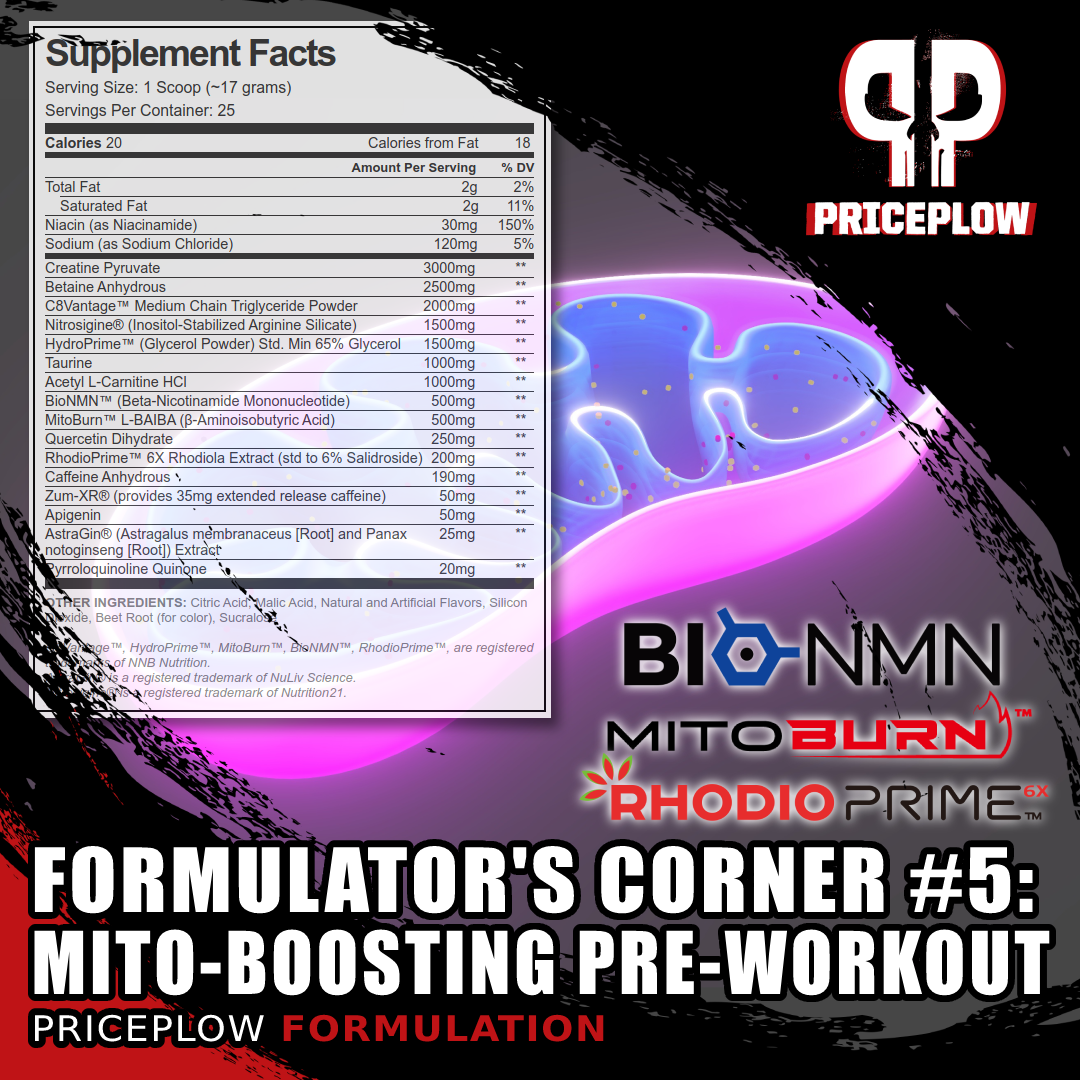
Previously: We were tasked to make a mitochondrial health boosting pre workout supplement that provided clean energy. Inside is quite the formula that we'd love to try out!
- They can (currently) easily cap a new product with very little lead time
- They can help you partner with Team PricePlow to formulate novel supplements that are unique, have a great value proposition, and feel good.
Meanwhile, NNB Nutrition was able to showcase the potency of two of their latest ingredients in BioNMN and RhodioPrime 6X.
Together, they created a premium quality nootropic nearly on a whim. We see a lot of trademarked extracts that we've covered extensively in the past, but these are some of the ones we get extra excited about.
Feel free to contact us if you want to make a supplement like this (or perhaps the alternative with bacopa) a reality. RhodioPrime and BioNMN are the real deal, and Armada Nutrition can make it a reality.
You can see our other creations on our Formulator's Corner page.
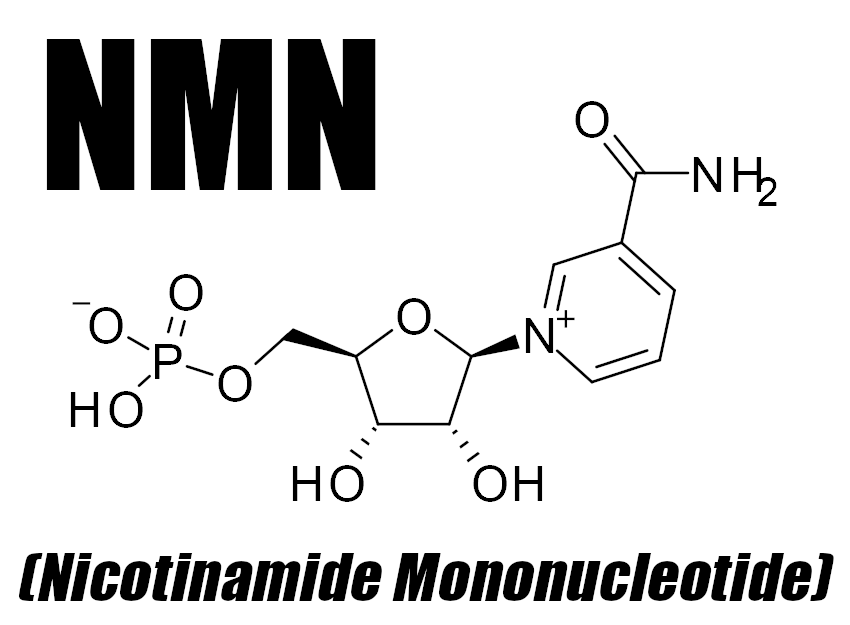
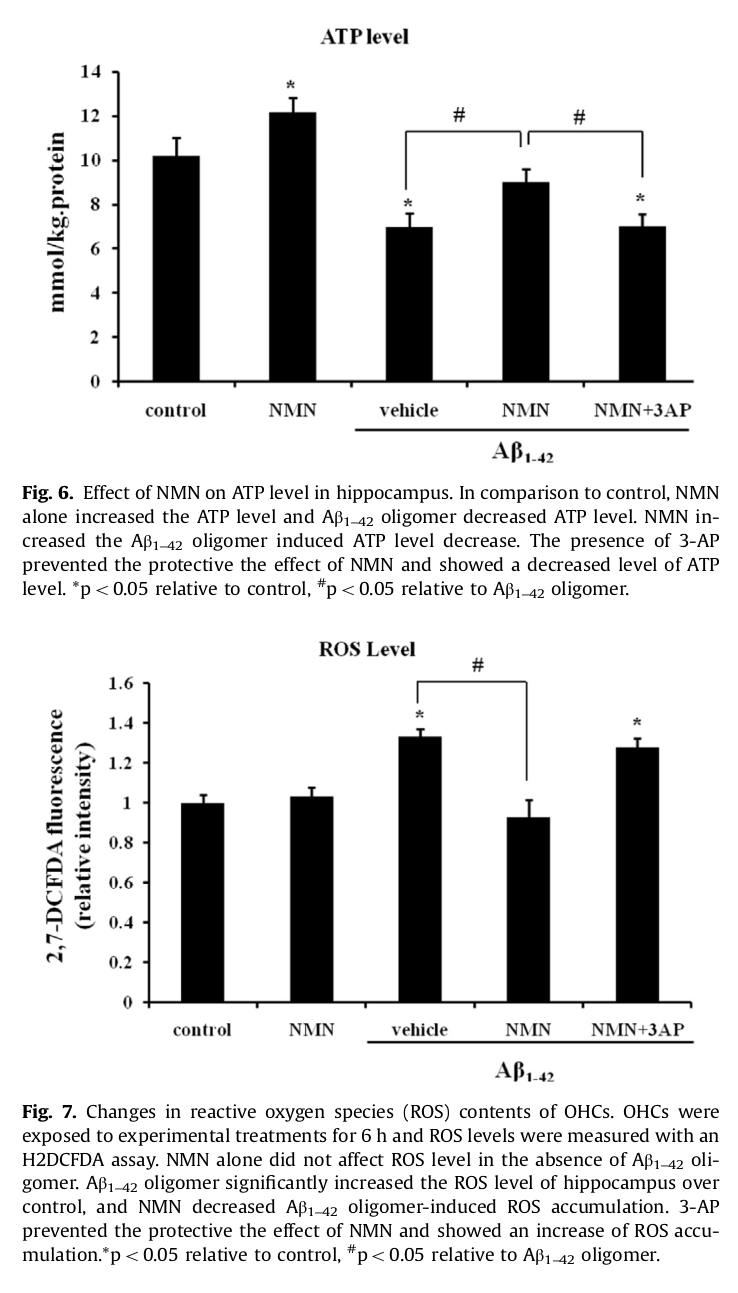
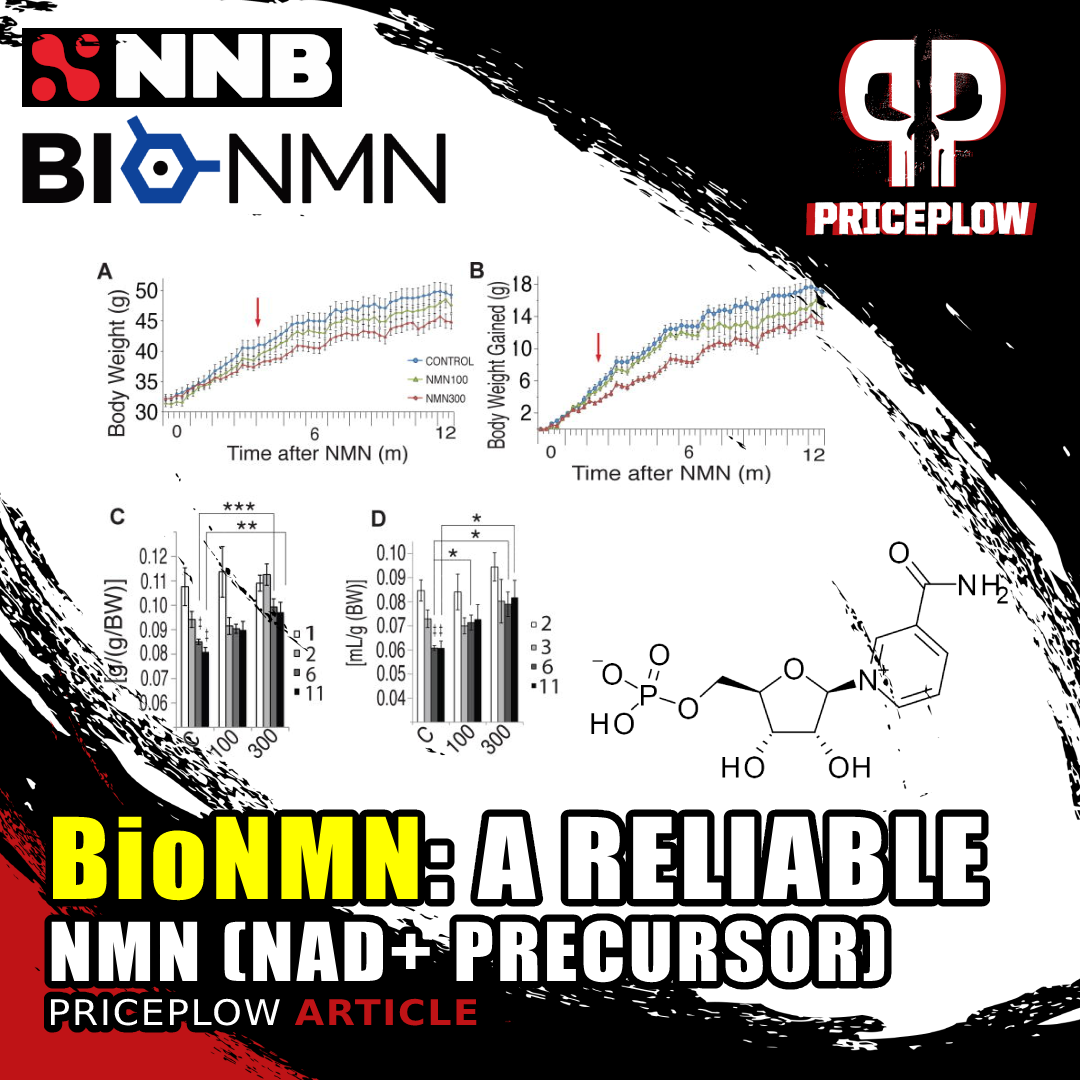
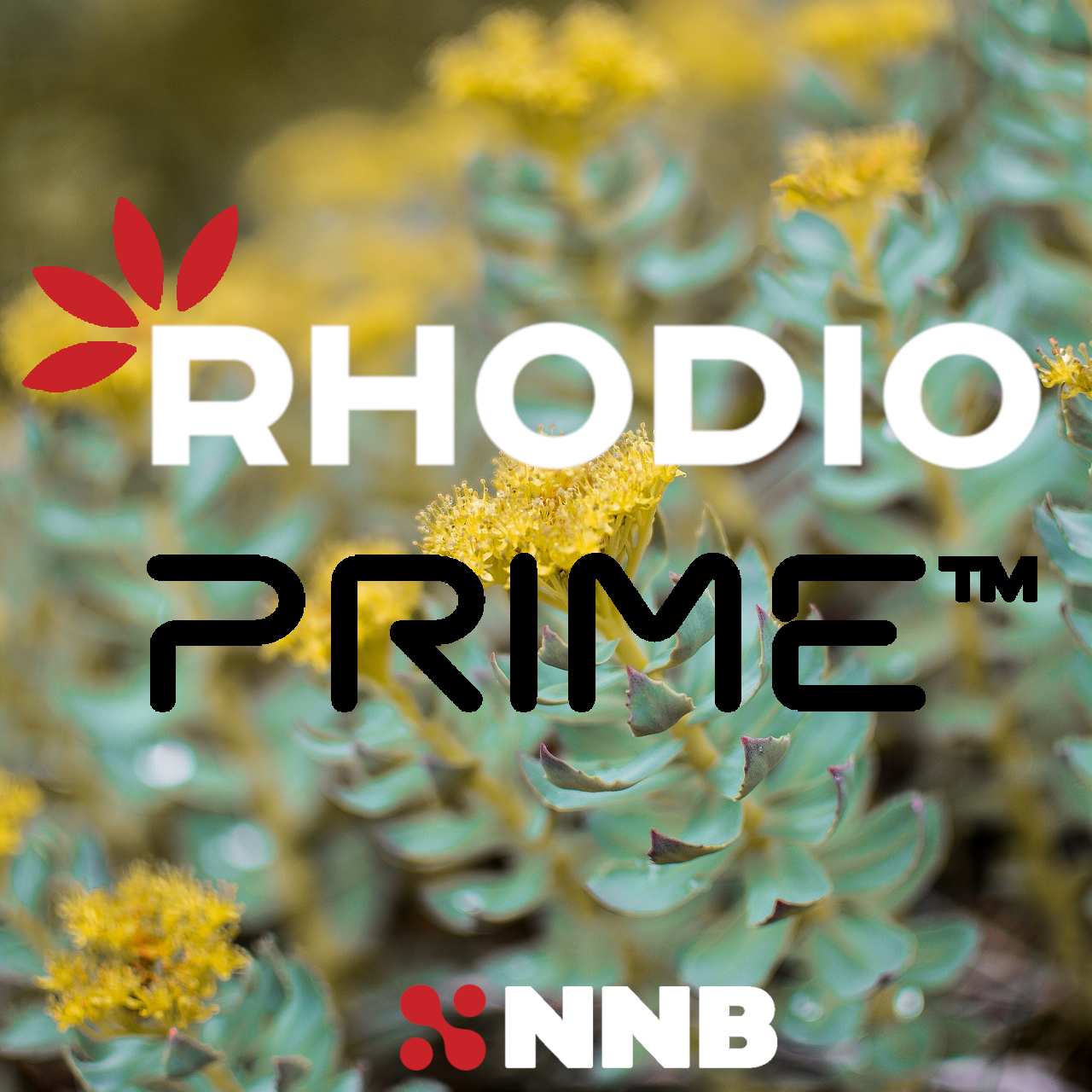
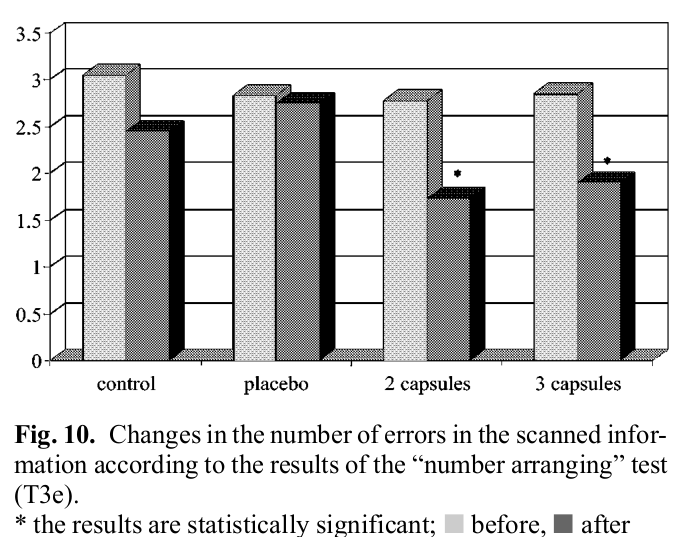
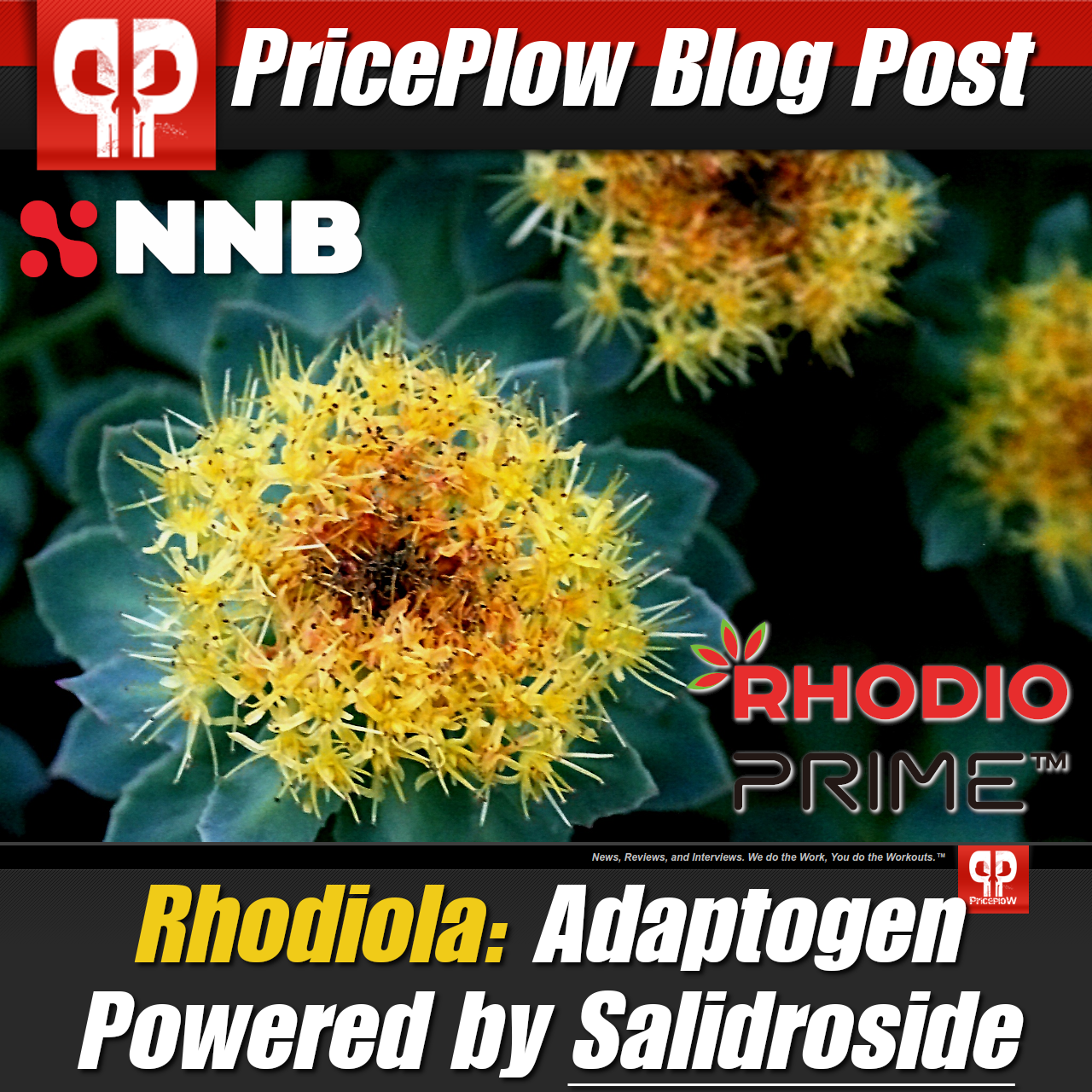

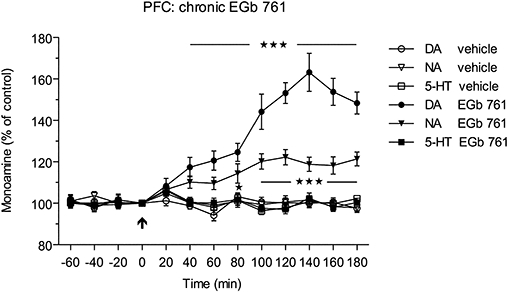

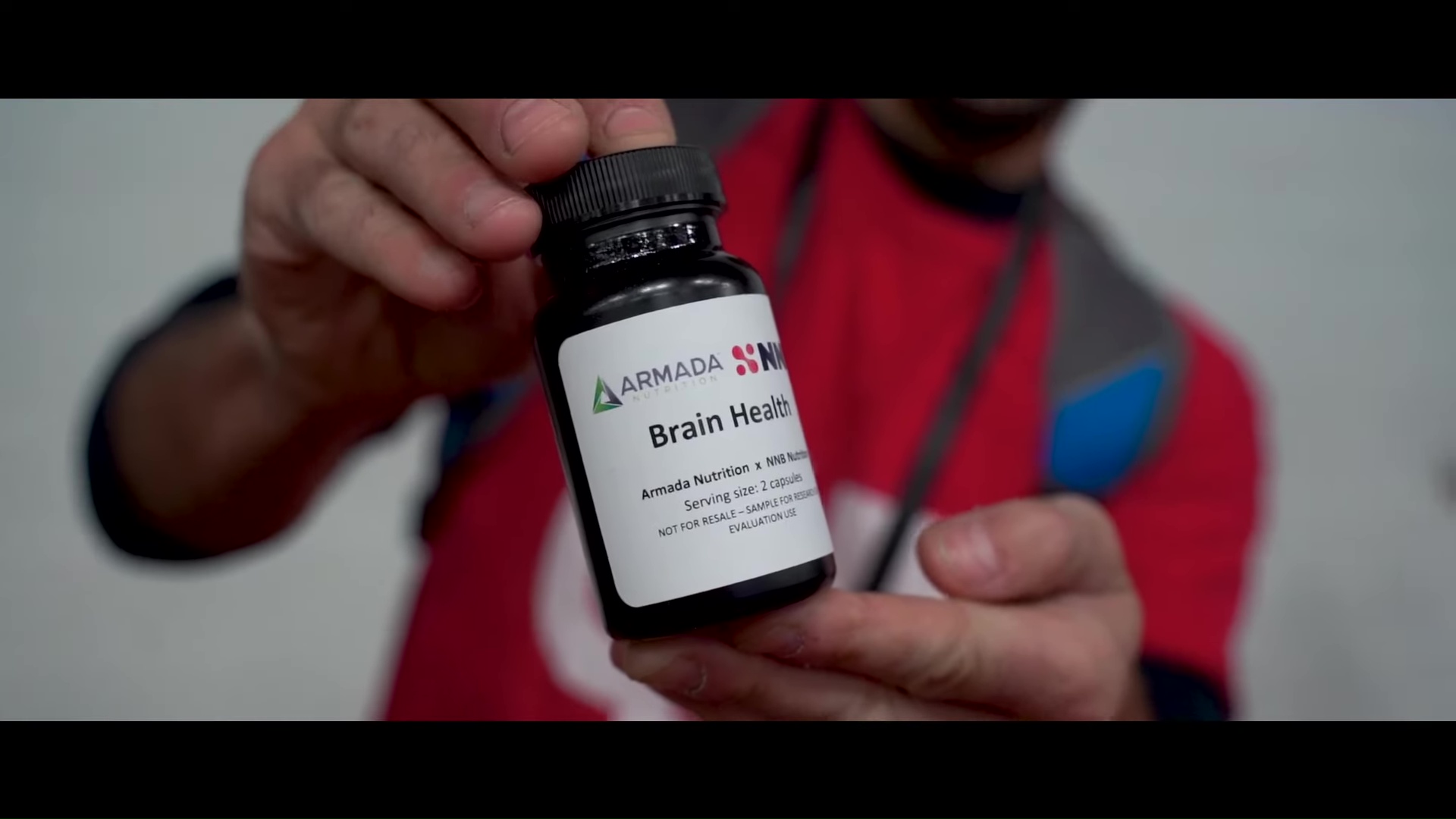


Comments and Discussion (Powered by the PricePlow Forum)